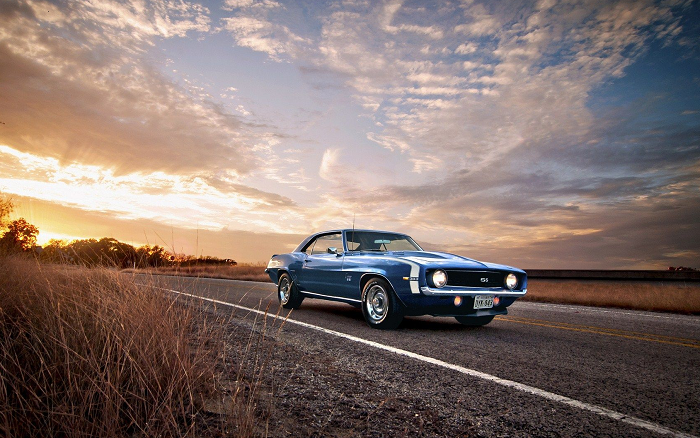Like most specialized pursuits, “gearheads” have a special lingo all their own. If you are a longtime car enthusiast, most of these will be familiar. If not, here’s our guide to allow you to come up to speed (wow, was that a nasty pun) quickly.
Acid Dip
When you wanted to make an extreme performance car in the late 1960s, one of the first things done was to acid dip the entire body. This was a popular method of making the body lighter. That acid removed all the paint from the body, the body filler, and even some metal, making the car significantly lighter. Interestingly, racecar builders first used the process to gain advantage on the race track.
Big Block
This term stands for engines that are large in physical size. They were often the top engine option for muscle cars and trucks. Most commonly, the term refers to GM engines with a displacement around and above 400 cubic inches.
Body-in-White
If one prepares muscle cars for racing, the first step is to get a factory-provided body. Cars On Market (Wilmington, NC) said that some point, the term, “body-in-white” came into use.
Boss
This term describes Ford’s limited production Mustangs in the form of the Boss 302, Boss 429, and Boss 351. Those models featured numerous special items like high-performance engines and unique exterior details. The Boss 302 and 429 were homologation specials (built for racing), first for Trans-Am championships and later for NASCAR. The Boss 351, which they offered for one year only in 1971, represents the Holy Grail for the Mustang set.
C6
C6 is a Ford code for their heavy-duty automatic transmission. Introduced in 1966, Ford often used this transmission on powerful FoMoCo muscle cars as well as on some trucks and Broncos. The official name of the C6 series of transmissions was “Cruise-O-Matic.”
COPO
The abbreviation COPO is short for “Central Office Production Order.” It was Chevrolet’s department for commercial buyers and special order vehicles. Although it doesn’t sound like much, the muscle car tuners like Baldwin Motion and Yenko ordered their Camaros and ZL1 models through the COPO department. What made them especially interesting is that they were often ordered with 427 or 454 engines which were not available in regular cars.
Cross Ram
Back in 1960s, you could buy engines with two carburetors and long, snake-like manifolds. These systems were called “Cross Rams” and they were designed to provide more power and torque. Chrysler Corporation, in particular, offered cross ram engines in the early ’60s.
Day Two
You might be wondering what “Day Two” means. Well, back in the day when somebody bought a new muscle car, they often modified it right off the bat using period-correct parts from the 1960s and the 1970s. Today, a car modified almost immediately is called a “Day Two” car.
Detroit Locker
“Detroit Locker” is Ford’s locking differential. The reason the muscle set likes locking differentials is for drag racing. To properly launch a car off the line, you need a locking differential so both rear tires rotate and develop traction. The Detroit locker was favored as it was one of the best in the business.
Want to learn more or just test your gearhead knowledge? Head on over to Part 2 of Classic Muscle Car Terms!


Comments are closed.